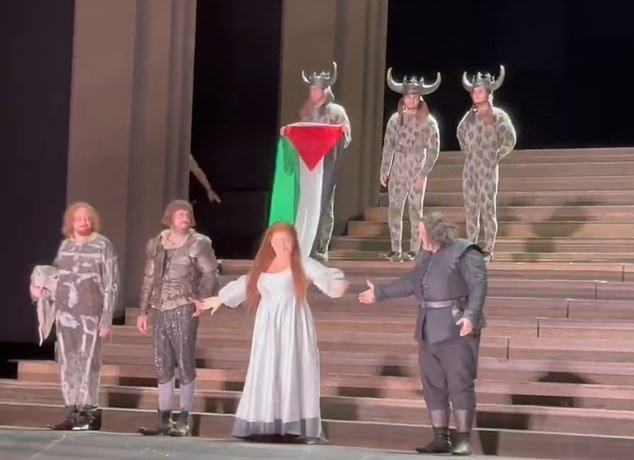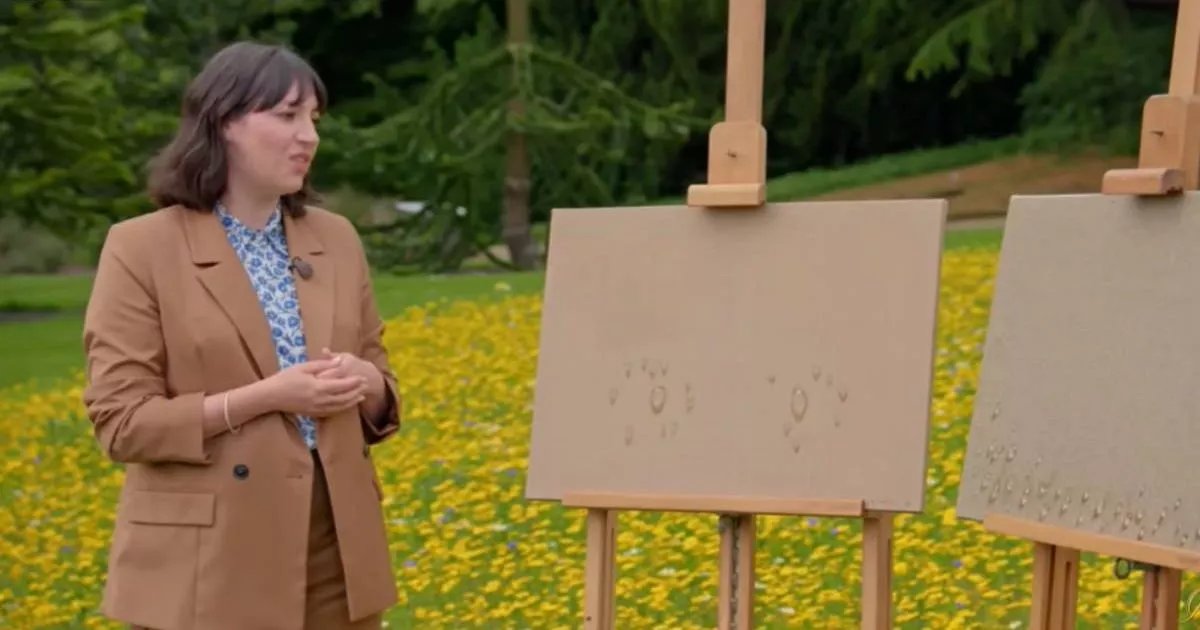Art
Precious Adesina
Installation view of Sonia Boyce, “Devotional Collection,” in the British Pavilion at the 59th Venice Biennale, 2022. Photo by Cristiano Corte. Courtesy of British Council.
In 2022, the London-based artist Sonia Boyce showcased “Feeling Her Way,” an exhibition commissioned for the British pavilion at the 59th Venice Biennale. The 61-year-old artist focused on five musicians: singers Poppy Ajudha, Jacqui Dankworth, Sofia Jernberg, Tanita Tikaram, and composer Errollyn Wallen. Boyce invited the group to improvise together and presented the outcome through video, collage, music, and sculpture. The work was intended to shed light on the fact that, while Black British women’s vocals are an integral part of millions of people’s lives, the women themselves are often undervalued.
“Feeling Her Way” winning Boyce a Golden Lion at the Biennale was a defining moment, demonstrating that Black British history was finally getting the attention it deserved in art. In 2024, the artist and filmmaker Sir John Akomfrah, whose work often grapples with race, identity, and postcolonialism in Britain, will represent the U.K. at the Biennale. The choice of Akomfrah for such a large international art stage emphasizes that the artists creating these works are being recognized for the diversity and excellence of their work.
Before the pandemic, one of the biggest recent exhibitions in the U.K. on Black history was “Soul of a Nation: Art in the Age of Black Power” in 2017 at Tate Modern. That show, also shown at the Brooklyn Museum, Crystal Bridges Museum of American Art, and The Broad, is widely considered one of the most important exhibitions of the 2010s. It focused on the work of African American artists between 1963 and 1983, but it would have also been difficult to pinpoint an exhibition in the early 2000s of such scope that had explored an aspect of Black British history in such depth.
Looking back instead conjured up the Hayward Gallery’s “The Other Story” in 1989, curated by London-based Pakistani artist Rasheed Araeen. The show brought together Asian, African, and Caribbean artists in post-war Britain, such as Mona Hatoum, Lubaina Himid, and Ronald Moody, though it was criticized for only having four women in a group of 24 artists. By many accounts, the show was a product of the work of the BLK Art Group (a collection of young Black British artists in Wolverhampton, which included Boyce) and the pressure they put on the art world to be more inclusive.
Yinka Shonibare CBE RA, Nelson’s Ship in a Bottle, 2010. © Yinka Shonibare CBE RA. Photo by David Westwood. Courtesy of the artist and Stephen Friedman Gallery.
But even this platform for Black artists dissipated throughout the 1990s up until the 2010s. In 2010, Yinka Shonibare’s Nelson’s Ship in a Bottle was displayed in Trafalgar Square, and Chris Ofili (known for No Woman, No Cry, his 1998 tribute to Stephen Lawrence, who was the victim of a racist murder) had a retrospective at Tate Britain.
In 2017, Akomfrah’s six-channel video installation Purple (2017) was exhibited at the Barbican, and a Diaspora pavilion was held at the Venice Biennale, which brought together 20 artists (such as Larry Achiampong and Isaac Julien) who probed and challenged the term “diaspora.” And in 2019, Zak Ové, son of the prominent radical filmmaker Horace Ové, curated a monumental show at Somerset House, “Get Up, Stand Up Now,” which included 110 artists showcasing the previous 50 years of Black creativity.
Ishmahil Blagrove Jr., installation view of Carnival Trolley, 2016, in “Get Up, Stand Up Now” at Somerset House, 2019. © Peter Macdiarmid. Courtesy of Somerset House.
Today, there is a noticeable change in curators’ attitudes to Black British history, which can be linked to a number of events: in particular, the Windrush Scandal that broke in 2017, which revealed how hundreds of Commonwealth citizens in the U.K. had been wrongly detained, deported, and denied legal rights; also, the murder of George Floyd in 2020, which, though it took place thousands of miles away, galvanized an international conversation on racism.
“Globally, there’s been a focus on African artists and Black artists since the resurgence of Black Lives Matter (BLM) after the murder of George Floyd,” said Alayo Akinkugbe, art historian and founder of the Instagram platform A Black History of Art. “Because the conversation has been so prevalent, it’s actually made room to discuss more specific issues.”
Tam Joseph, Spirit of the Carnival, 1984. © Tam Joseph/Wolverhampton Art Gallery. Courtesy of Four Corners Books.
London-based artist Sola Olulode, whose paintings explore intimacy in Black queer communities, agreed, noting that she has noticed more specificity in the type of shows she’s included in. “I feel like the art world is realizing that the Black experience is not a monolith,” she said. Previously, she explained, she had become increasingly exhausted by exhibitions that made sweeping generalizations of the Black experience. “There’s multiple different narratives and stories that can be told when putting on an exhibition on Black artists.”
While there is still room for growth, many artists are being given space to explore a variety of Black British experiences. For example, a new monograph, entitled I Know What I See, on Tam Joseph, whose painting Spirit of the Carnival (1982) references the tension between Black communities and the police in Britain during the early 1980s, was released in September. Meanwhile, Barbara Walker has been shortlisted for the Turner Prize for her exhibition “Burden of Proof,” which comprises large-scale, monochrome drawings of people affected by the Windrush scandal, created directly on the gallery walls as well as on top of documents they were required to provide to remain in the country.
Claudette Johnson, Figure with Figurine, 2019. © Claudette Johnson. Photo Andy Keate. Courtesy of the artist and Holly Bush Gardens, London.
Barbara Walker, installation view of “Burden of Proof” in “Turner Prize 2023” at Towner, Eastbourne. Photo by Angus Mill. Courtesy of Turner Prize 2023.
A major exhibition of work by the artist Claudette Johnson, one of the founding members of the BLK Art Group, has also been unveiled at the Courtauld Gallery. Open through January, “Presence” exhibits works from her three-decade-long career painting intimate pieces of Black women and men. And an exhibition on Black British fashion from the 1970s to the present day, titled “The Missing Thread,” recently opened at Somerset House. The show looks at Black British culture and how it has influenced the history of design in the country.
“These are our lived experiences, which are multifaceted,” said Harris Elliot, member of the creative design development agency Black Orientated Legacy Development Agency (BOLD), who curated “The Missing Thread.” He hopes the exhibition will show Black British people in a different light.






